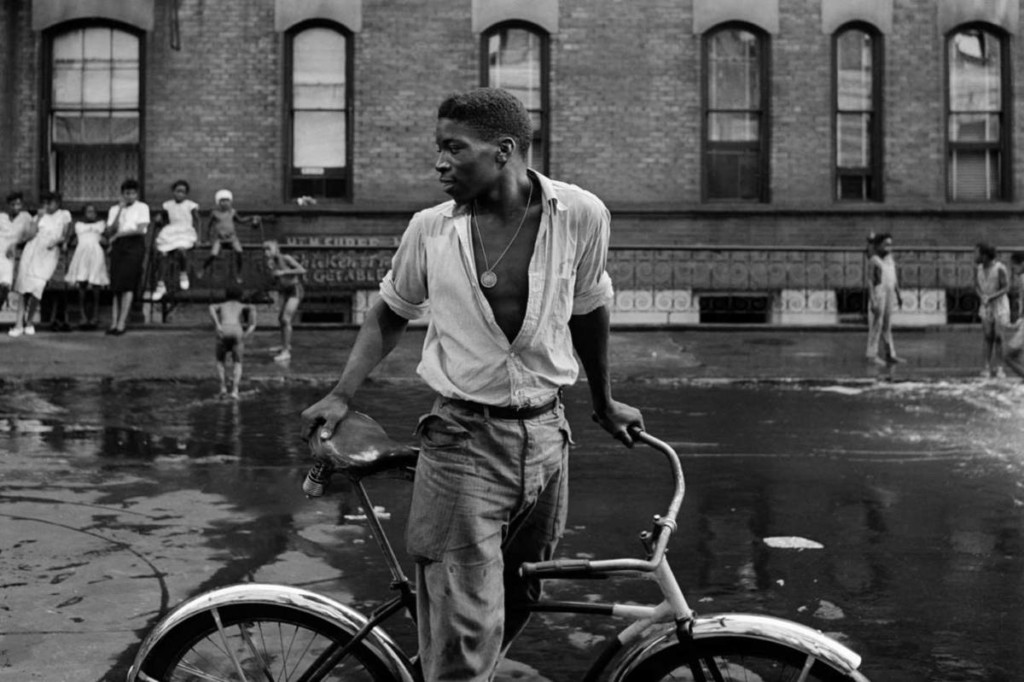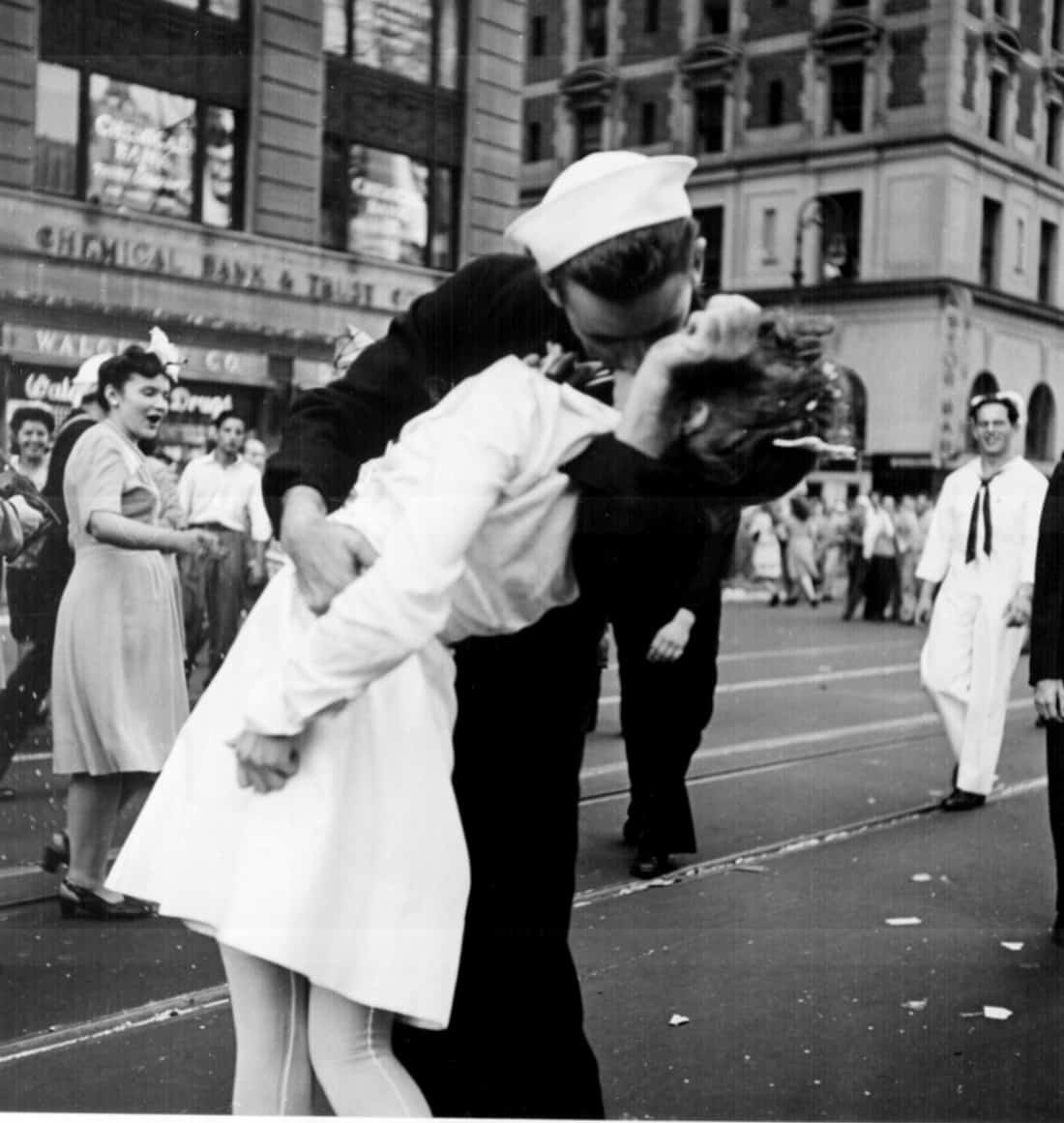Framing Streets Things To Know Before You Buy
Wiki Article
What Does Framing Streets Do?
Table of ContentsGetting The Framing Streets To WorkGetting The Framing Streets To WorkThe Best Guide To Framing StreetsThe Framing Streets IdeasThe Facts About Framing Streets RevealedOur Framing Streets PDFs
, typically with the purpose of catching photos at a decisive or poignant moment by cautious framework and timing. https://trello.com/u/framingstreets1.
Getting The Framing Streets To Work
Susan Sontag, 1977 Road photography can concentrate on people and their actions in public. In this respect, the street photographer is comparable to social docudrama professional photographers or photographers that also work in public areas, yet with the objective of catching relevant events. Any of these photographers' photos might catch individuals and building visible within or from public areas, which frequently involves browsing ethical issues and legislations of privacy, security, and residential property.Representations of day-to-day public life create a genre in nearly every period of world art, beginning in the pre-historic, Sumerian, Egyptian and very early Buddhist art periods. Art managing the life of the road, whether within sights of cityscapes, or as the dominant theme, shows up in the West in the canon of the Northern Renaissance, Baroque, Rococo, of Romanticism, Realistic look, Impressionism and Post-Impressionism.
Framing Streets - The Facts
Louis Daguerre: "Boulevard du Holy place" (1838 or 1839) In 1838 or 1839 the first picture of figures in the road was videotaped by Louis-Jacques-Mand Daguerre in among a pair of daguerreotype views drawn from his workshop window of the Boulevard du Temple in Paris. The 2nd, made at the elevation of the day, shows an uninhabited stretch of street, while the various other was taken at regarding 8:00 am, and as Beaumont Newhall reports, "The Blvd, so continuously full of a relocating crowd of pedestrians and carriages was completely solitary, except a person who was having his boots cleaned.His boots and legs were well specified, but he is without body or head, due to the fact that these were in movement." Charles Ngre, waterseller Charles Ngre. https://www.evernote.com/shard/s712/sh/a20f905f-57e4-5272-51f4-f35da5427286/FHPVGf2byaymnUuFoCvbW6NB-nEwrGqgpr5jMmpHfYWRset57b4bWaOM-A was the first photographer to attain the technological class required to sign up individuals in motion on the street in Paris in 1851. Professional Photographer John Thomson, a Scotsman dealing with journalist and social lobbyist Adolphe Smith, released Street Life in London in twelve month-to-month installations beginning in February 1877
Some Known Details About Framing Streets
Eugene Atget is pertained to as a progenitor, not because he was the very first of his kind, however as a result of the popularisation in the late 1920s of his record of Parisian streets by Berenice Abbott, that was motivated to undertake a similar documents of New York City. [] As the city created, Atget aided to advertise Parisian roads as a deserving subject for photography.
The Ultimate Guide To Framing Streets
Martin is the very first taped digital photographer to do so in London with a disguised electronic camera. Mass-Observation was a social research organisation established in 1937 which aimed to tape day-to-day life in Britain and to record the reactions of the 'man-in-the-street' to King Edward VIII's abdication in 1936 to wed divorce Wallis Simpson, and the sequence of George VI. The principal Mass-Observationists were anthropologist Tom Harrisson in Bolton and poet Charles Madge in London, and their first record was created as the website here publication "May the Twelfth: Mass-Observation Day-Surveys 1937 by over two hundred observers" [] Home window cleaner at Kottbusser Tor, Berlin, by Elsa Thiemann c. 1946 The post-war French Humanist College photographers discovered their subjects on the road or in the bistro. Andre Kertesz.'s commonly admired Images la Sauvette (1952) (the English-language version was titled The Decisive Moment) promoted the idea of taking a picture at what he called the "decisive moment"; "when form and content, vision and composition merged into a transcendent whole" - copyright a9iii.The Best Guide To Framing Streets
, then a teacher of young youngsters, connected with Evans in 193839.'s 1958 book,, was considerable; raw and frequently out of emphasis, Frank's pictures questioned conventional photography of the time, "tested all the formal policies laid down by Henri Cartier-Bresson and Walker Evans" and "flew in the face of the wholesome pictorialism and wholehearted photojournalism of American publications like LIFE and Time".Report this wiki page